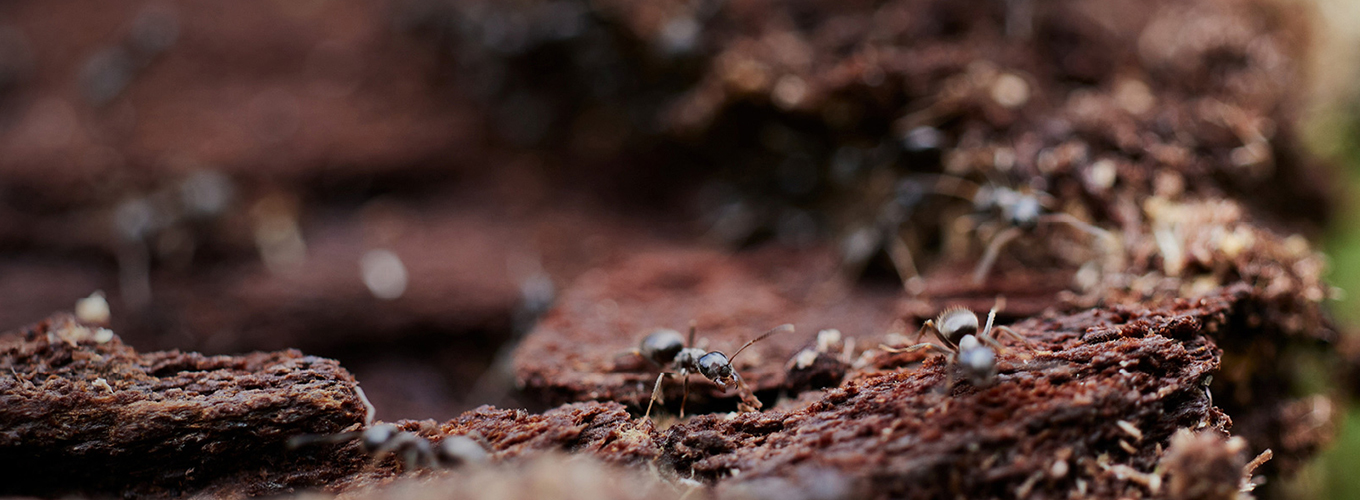We are committed to achieving a net positive impact on biodiversity within and beyond our own forests and plantations through active biodiversity management.

Do you want to know more about Stora Enso?
We have developed and initiated a set of actions for the period until 2030 to improve biodiversity on the species, habitat and landscape levels. Our work will be supported by a science-based monitoring programme and continuous research.

Stora Enso uses science-based indicators to monitor how well our operations follow our guidance on avoiding negative impacts on biodiversity. Based on annual assessments carried out in 2021, Stora Enso reports operational indicators for its wood procurement in Finland, Sweden, and the Baltics. More data will be shared as our work progresses. In 2022, our target is 90% compliance for each indicator. Our target is eventually to reach 100% compliance.
Biodiversity indicator reporting
Read on for examples of active biodiversity management practices in Nordic forests, on plantations and on global scale.
Our long-term target is to increase the total value of our forest assets (including its biodiversity) fully taking into account aspects of climate change adaptation and mitigation. Stora Enso is committed to achieving a net-positive impact on biodiversity in its own forests and plantations by 2050 through active biodiversity management. In 2022, 87% of our wood came from managed semi-natural forests in Europe.
Together with organisations like WWF, we’re now doing more than ever to enrich the biodiversity of our forests. Activities include improving the condition of Finland’s freshwaters, improving habitats for aquatic species and expanding our work with increasing the share of broad-leaved trees and amount of deadwood.
A few examples of biodiversity actions:
In 2022, 13% of our wood came from three plantations that we part-own or lease. These plantations are located in Brazil, Uruguay and China. It’s important to note that biodiversity management in plantations differs considerably from semi-natural forests.
When we start working with a plantation, we look at the best possible use of the land available. Stora Enso never establishes plantations in natural forests, protected areas, or water-sensitive locations. We only use land with low biodiversity value, such as former pasture land.
In other words, we make use of land that is already degraded and protect and restore the remaining lands. Work is then done to create restored corridors between the protected lands to enhance biodiversity further.
In most of our plantations, about half of the land is used for plantation growth while the remainder is being protected or restored to enhance biodiversity in the area. For example, our joint operation Veracel in Brazil, has worked systematically to protect and restore local biodiversity. 128,000 hectares of land is now dedicated to rainforest preservation and restoration, and Veracel aims to restore approximately 400 hectares of rainforest habitat every year by planting native species. Between 1994 and 2022, a total of 7,900 hectares of forest have been restored. Veracel is also the first tree plantation company in Brazil to receive FSC recognition for preserving and responsibly managing ecosystem services.